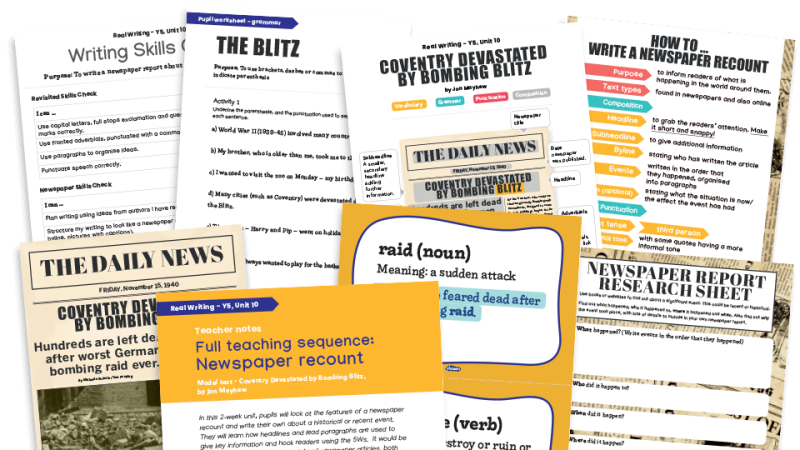The Bluffer’s Guide To… Evidence-Based Practice

Education is full of ‘data’ taken from ‘research’, but who has time for that? These tips are all you need to blag your way to becoming a teaching guru, says Jon Brunskill…

The quickest way to endear yourself to your primary colleagues and win their respect is to helpfully explain to them that everything they do is wrong, and that they’re probably damaging their children educationally. While a commitment to becoming more informed by evidence might seem both intimidating and time-consuming, you’ll be happy to learn that it’s perfectly possible to bluff your way through this endeavour with little or no extra work. So read on, brave teacher, and rightly earn your place as the most exasperating and pestiferous charlatan at staff meetings and beyond…
Step 1
Don’t actually read any research Just how do all of these teachers manage to read so much academic literature while doing the backbreaking job of being a classroom teacher? The answer – and don’t tell anyone – is that, and this really is the clever part, they don’t.
Luckily, it’s almost impossible to be wrong about anything in education, because everybody disagrees about everything. Preface all of your pontifications with phrases such as ‘Of course all the evidence shows…’ or ‘I was actually reading an interesting study recently…’. In the unlikely event that someone actually calls you out on your claptrap, promise to ‘dig out the original article’ and then avoid them until they forget. Move schools if they don’t.
Step 2
Take potshots at weak targets The wide-ranging interest in education and lack of formal quality controls means that it’s pretty easy for dodgy initiatives and fads to take hold. A rookie error on the road to becoming an evidence-based practitioner is to believe that you should contribute something positive to education, discovering and sharing more-effective forms of instruction, assessment and school improvement. I mean, fine, but that does sound like a lot of work. It’s much easier to smarmily denigrate the fresh corpses of ‘learning styles‘ or ‘Brain Gym‘. Revel in self-righteousness as you tear down the overlooked multiple intelligences poster that’s been left up in the corner of the staffroom since the 90s. Exclaim sternly, “This has been thoroughly debunked!” as you cast it into the recycling bin.
Suggest to your colleagues that they start calling you The Debunker ‘as a joke’. Then add this new moniker to your email signature.
Step 3
Narrow your world view Let’s say you do choose to actually engage with academic research. Be warned, this will lead to depressing levels of cognitive dissonance in which you are faced with the painful realisation that you’ve been doing your job horribly forever.
To combat this, only read research that will reinforce your predisposed views and ideas. Psychologists call this ‘confirmation basis’. I’ve tried it, and it really is lovely. This handy mental defence will ensure any nasty opposing views are either avoided or instantly dismissed, preferably in a loud, theatrical gesture.
Step 4
Grow your audience As your confidence in spouting off about ‘effect sizes’ increases, you’re likely to find that the staffroom is no longer a large enough audience for your sermons of educational enlightenment. It’s time to go national, baby!
A Twitter account is the quickest way to ‘establish’ yourself as an authority on the school scene. Start referring to yourself as an ‘educationalist’ – you’ve transcended mere teacher status now…
Step 5
Make some dollar If you’ve carefully followed the steps above, you should now be well on your way to delivering your first keynote speech at a national conference. And once your Twitter follower count has crossed the 10k mark – cha-ching! – it’s time to monetise.
Set yourself up as a consultant promising to bring an ‘evidence-based approach’ to terrified and confused headteachers. Try not to corpse as you assert this can be done in a two-hour twilight CPD session at any point in the year.
Armed with this bluffer’s guide (and, if you absolutely must, a cursory skim of the EEF toolkit rankings), you can confidently announce yourself as an ‘evidence-based practitioner’. And you never know, if you shout that loudly enough, you might even be able to wangle a TLR payment out of it.
You’re welcome.
Jon Brunskill is the Head of Year Two at Reach Academy Feltham; you can follow him on Twitter, if you like – @jon_brunskill












